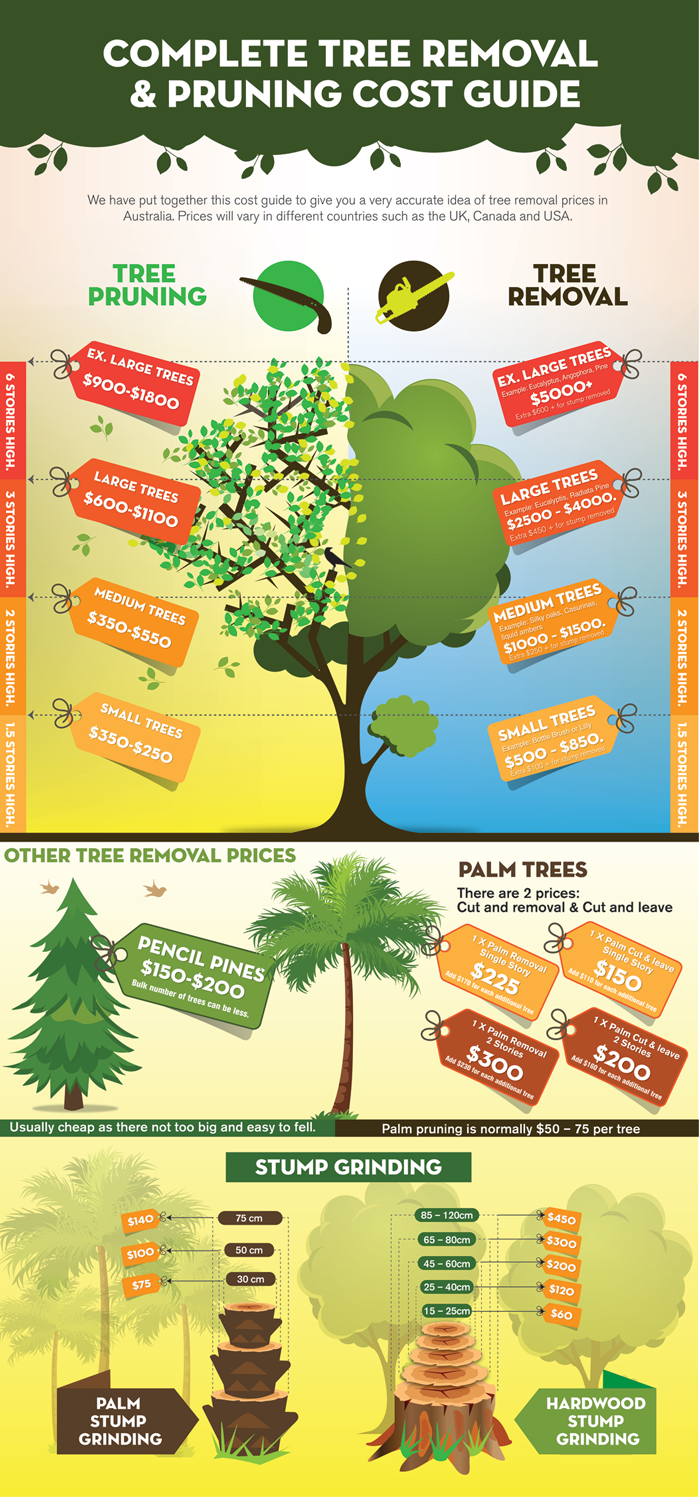Treatment After Tree Elimination: Efficient Ways To Renew Your Landscape
Treatment After Tree Elimination: Efficient Ways To Renew Your Landscape
Blog Article
Team Writer-Nunez Cho
After a tree's removal, your landscape might look quite different, and it's important to examine the after-effects meticulously. You'll want to evaluate the soil disruption and check bordering plants for any type of indications of anxiety. Overlooking these variables can cause bigger issues down the line. So, what should you finish with those stumps and origins? And exactly how do you select the best plants for your revitalized area? Let's discover these essential actions.
Examining the Results: Examining Your Landscape
After a tree elimination, it's critical to assess your landscape to understand the effect it has on your yard.
Beginning by taking a look at the location where the tree stood. Search for indications of dirt disruption, and examine the surrounding plants for any kind of stress or damage.
You ought to also keep in mind of exactly how the elimination has actually altered sunshine direct exposure and air flow in your yard. This shift can impact the development of nearby plants, so it's essential to review their health.
Take into consideration the visual aspects also; the removal could produce an open space that you can redesign.
Ultimately, consider Best Time To Prune Pear Trees of potential disintegration issues that may develop from the tree's lack. Attending to these variables early will aid restore balance to your landscape.
Taking care of Stumps and Origins: Alternatives for Removal
Once you have actually analyzed the results of the tree removal, you'll likely need to tackle the stump and roots left.
You have a few options for elimination. One effective method is stump grinding, where a professional makes use of a maker to grind the stump to below ground level. This approach leaves minimal interruption to your landscape.
If you favor a do it yourself approach, you can utilize a mix of excavating and chemical stump cleaners. Simply bear in mind, this process can take some time and effort.
Alternatively, take into consideration leaving the stump as an all-natural attribute, which can act as an unique garden component or habitat for wildlife.
Whatever you choose, addressing the stump and origins is essential for restoring your landscape.
Selecting the Right Plant Kingdoms for Your New Space
As you evaluate your newly cleared space, selecting the right plants can considerably boost your landscape's elegance and performance.
Start by considering the sunlight and soil conditions. For sunny areas, select drought-resistant plants like lavender or succulents. In shaded areas, brushes and hostas prosper well.
Consider the size and growth practices of your plants; mix perennials and annuals for seasonal range. Do not fail to remember to integrate native species; they require much less maintenance and support regional wild animals.
Group plants in odd numbers for an extra all-natural look and create layers for visual deepness.
Finally, ensure How To Remove A Tree Stump By Burning With Vegetable Oil have a mix of shades and appearances to maintain your landscape dynamic throughout the periods.
Satisfied planting!
Conclusion
To conclude, restoring your landscape after tree elimination is a satisfying procedure. By assessing the results, resolving stumps and roots, and choosing the right plants, you'll produce a successful atmosphere. Don't neglect to integrate erosion control steps to shield your dirt. With a little initiative and care, you can transform your room into a vivid garden that improves your residential or commercial property. Embrace the opportunity to renew your landscape and enjoy the appeal of nature right in your yard!
